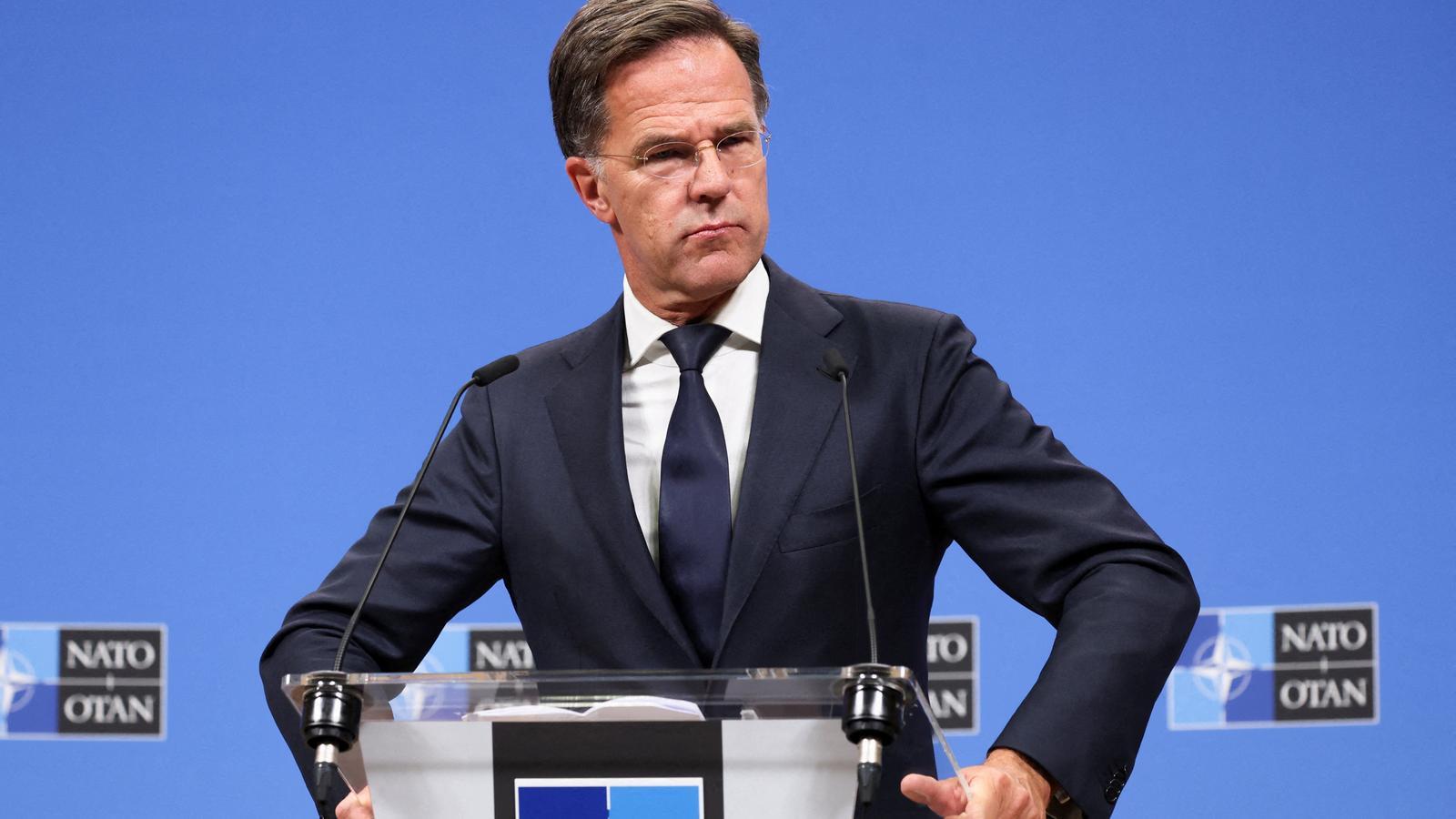Eastern Sentinel: NATO's initiative to combat Russian drone incursion
Russia conducts military exercises with tens of thousands of troops and nuclear weapons simulations with Belarus, 450 kilometers from the Polish border.

BerlinNATO Secretary General Mark Rutte announced this Friday the launch of a new initiative, called Eastern Sentinel, to strengthen the defense of its eastern flank, after Wednesday's incursion of Russian drones into Polish airspace"Eastern Sentinel will add flexibility and strength to our posture and make it clear that, as a defensive alliance, we are always ready to defend ourselves," Rutte said at a press conference at NATO headquarters in Brussels, accompanied by Supreme Allied Commander Europe Alexus Grynwi.
The Eastern Sentinel initiative will, starting in the coming days, involve "a range of allied assets and will combine traditional capabilities and innovative technologies, including elements designed to address the challenges associated with drones," the NATO alliance announced. According to the Supreme Headquarters Allied Powers (SHAPE), the allies have already begun announcing the deployment of forces and capabilities for the operation.
Denmark will contribute two F-16s and an anti-aircraft warfare frigate, France will send three Rafale fighters, and Germany four Eurofighters, the SHAPE statement added. "The United Kingdom has also expressed its willingness to support the initiative. These forces and others will reinforce existing ones and enhance NATO's deterrence capability and defensive posture wherever and whenever necessary," he stated. Prime Minister Pedro Sánchez also confirmed Spain's participation.
Rutte was forceful in denouncing the episode of September 10, when "numerous Russian drones violated Polish airspace" and, as a result, air defenses were activated to protect NATO territory. "Whether intentional or not, it is dangerous and unacceptable," he said, stressing the importance of better protecting NATO's eastern flank. "Although this is the largest concentration of violations of NATO airspace we have seen, what happened on Wednesday was not an isolated incident. Russia's recklessness in the air along our eastern flank is increasing in frequency," the Secretary General noted, recalling similar incidents.
General Grynkewich has promised that the Atlantic Alliance "will continue to defend every inch of its territory": "While our immediate focus is on Poland, this situation transcends the borders of a single nation. What affects one Ally affects us all. This is a one." The Supreme Commander of Allied Forces in Europe has also promised that Eastern Sentinel "will be flexible and agile, and will provide even more focused deterrence and defense, exactly when and where it is needed."
Apart from announcing the operation, the Secretary General has recalled that NATO already has land forces deployed in eight countries and that the Allies work together daily to strengthen air defenses and protect critical underwater infrastructure in the Baltic Sea.
So far, European countries consider the Russian drone incursion to have been deliberate. Polish Prime Minister Donald Tusk on Friday said that the violation of Polish airspace by Russian drones on Wednesday was "not a mistake" by Moscow. "We would like to think that the drone attack against Poland was a mistake. But it wasn't. And we know that," he told X, despite US President Donald Trump previously suggesting that the incident could have been accidental. However, Moscow denies that it intended to attack targets in Poland and claims that Warsaw has no evidence that the drones were Russian.
The intrusion of 19 drones into Polish airspace on the night of September 9-10 sparked a wave of protests from Poland's allies. The incident caused material damage, but there were no injuries. Since the start of Russia's invasion of Ukraine in February 2022, several drones and missiles fired by Moscow have violated the airspace of several NATO members, but this was the first time that a country of the Atlantic Alliance had shot them down.
A show of force by Moscow
The announcement of the launch of the Eastern Sentinel initiative coincided with the start of joint Russian and Belarusian military exercises on Friday, at a time of heightened tension on Europe's eastern border following Wednesday's incursion of Russian drones into Polish airspace. The so-called Zapad 2025 maneuvers by Russia and its ally had been planned for some time before the Russian drones violated Polish airspace. But Europe has seen a new show of force from Russia and its ally.
The Zapad 2025 exercise includes military exercises in both Russia and Belarus, which borders Ukraine and Poland, and also in the Baltic and Barents Seas. These exercises involving the Russian and Belarusian militaries are scheduled to end next Tuesday, September 16; they are the first Zapad maneuvers to be carried out.since 2021, that is, since before the start of the war in Ukraine. The last time these exercises were chaired by Russian President Vladimir Putin.
The exercises, which will be held mainly at military ranges in Barissau, near the Belarusian capital and about 450 kilometers from the Polish border, are officially aimed at strengthening the military security of the Russia-Belarus State Union in the face of the NATO threat. In principle, far fewer soldiers will participate than in 2021, when 200,000 participants were reported, although there will be not only Russian and Belarusian soldiers, but also from countries such as India and Iran, according to Efe. The maneuvers will include the simulation of the launch of nuclear weapons and Oreshnik hypersonic ballistic missiles, according to the Belarusian General Staff.
Tusk had already ordered the closure of all border crossings with Belarus "for security reasons" on Tuesday in preparation for the Zapad exercises, while Lithuania further strengthened the protection of its borders with Belarus and Russia for the same reason.
